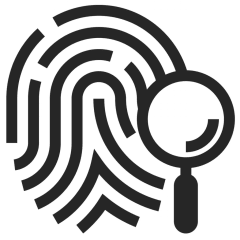Blockchain is a decentralized, distributed ledger technology that allows participants to record transactions in a secure, transparent, and tamper-proof way. The technology is based on a network of nodes that validate and store information in a shared ledger. Each block in the chain contains a unique cryptographic hash of the previous block, which makes it virtually impossible to modify the data without invalidating the entire chain.
The primary use of blockchain technology is for creating digital currencies, such as Bitcoin and Ethereum, but it has many other applications. Here are some of the ways blockchain technology is being used:
- Supply Chain Management: Blockchain technology can be used to track the movement of goods in a supply chain, from the point of origin to the end consumer. This allows for greater transparency and accountability, reducing the risk of fraud and counterfeit products.
- Identity Management: Blockchain technology can be used to create a secure, decentralized identity management system. This would allow individuals to have control over their personal data, eliminating the need for centralized data storage and reducing the risk of identity theft.
- Voting: Blockchain technology can be used to create a secure, tamper-proof voting system. This would eliminate the risk of voter fraud and ensure that the election results are accurate and transparent.
- Smart Contracts: Blockchain technology can be used to create self-executing contracts that are transparent, secure, and tamper-proof. This would eliminate the need for intermediaries and reduce transaction costs.
- Decentralized Finance (DeFi): Blockchain technology can be used to create decentralized financial applications, such as lending platforms, exchanges, and insurance contracts. This would allow individuals to transact directly with each other, without the need for intermediaries such as banks.
Overall, blockchain technology has the potential to revolutionize many industries by creating more transparent, secure, and efficient systems. Its decentralized nature eliminates the need for intermediaries, reducing costs and increasing trust between participants. As the technology continues to evolve and mature, it is likely that we will see even more innovative applications in the future.

